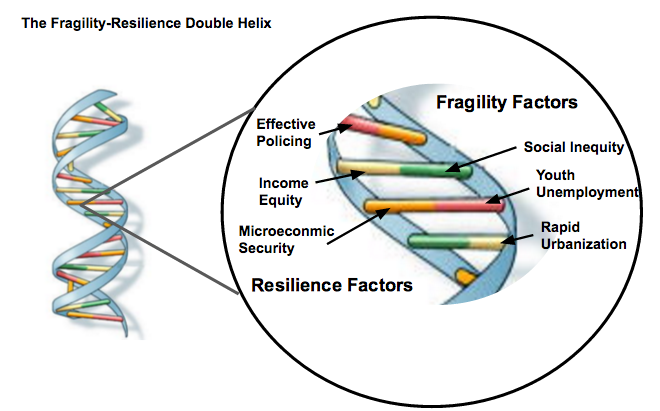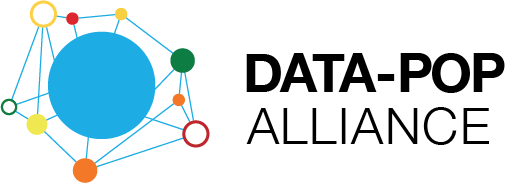Ongoing work on urban fragility and resilience

The emergence of Big Data is opening avenues for research on city resilience and fragility. The data “crumbs” about human behaviors and beliefs generated and collected by technological devices, the “capacities” of powerful and analytical computations and tools, and the “community” of actors working within the field will all contribute to the empirical understanding of the factors and interactions between fragility and resilience. Big Data could potentially reveal problems and solutions surrounding current and future urban centers. With the knowledge amassed through Big Data’s three C’s, it is possible that we may build better cities able to adapt and maintain equilibrium in the face of political, economic, social, or environmental stresses.
Muggah, Patel, and de Boer illustrate the connection between resilience and fragility within a city using the fragility-resilience double helix. This relationship helps to define the specific capacities of a city to retain core functions in the face of stress and hazards by delineating the resilient and fragile factors the city holds. The unique identity of each city, or the urban identity, is created by factor variation, just like genetic variation accounts for human individuality.
